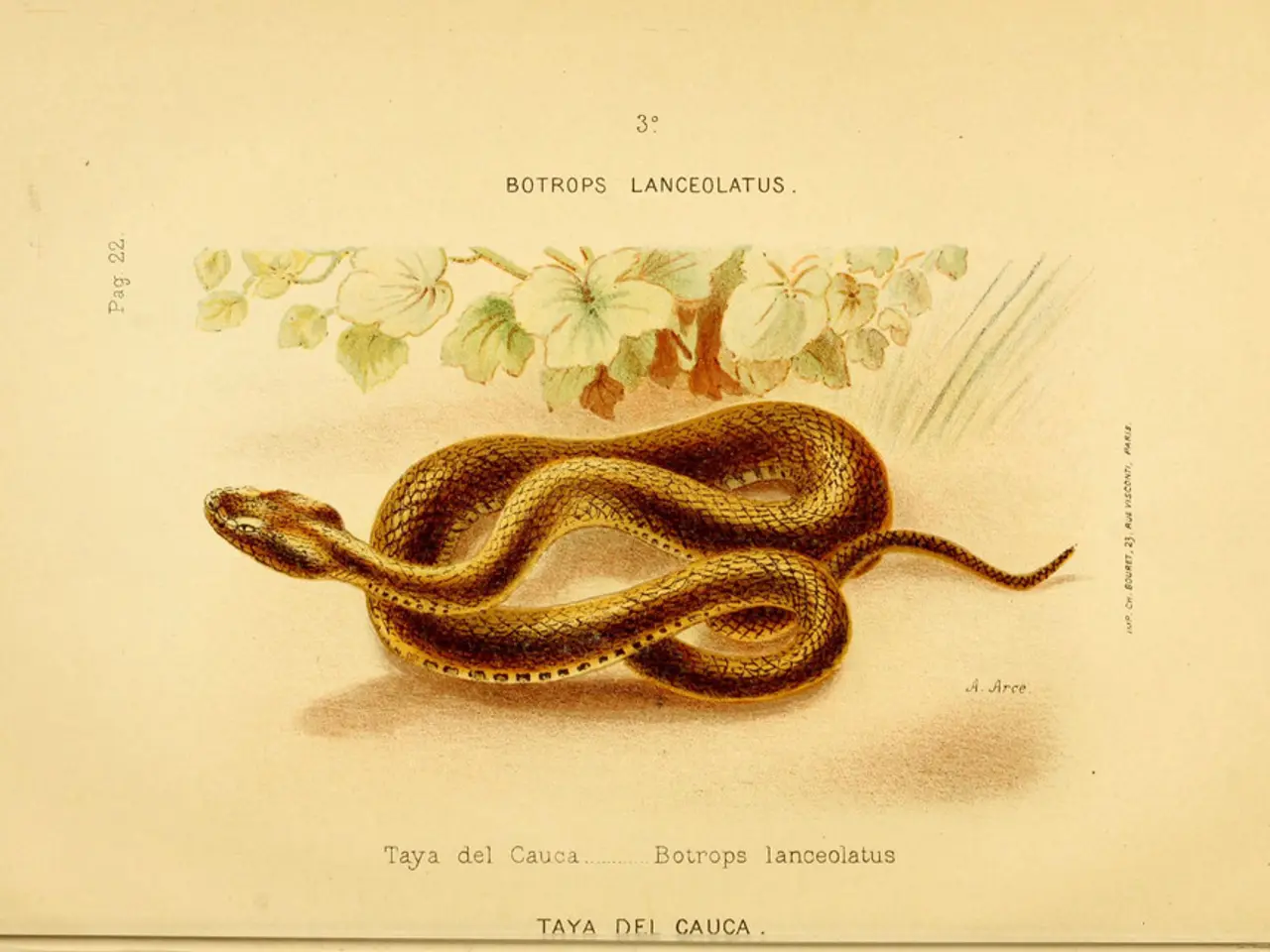Thriving New Species Discovered in Cambodia's Endangered Karst Regions
In the limestone landscapes of Cambodia, a team of scientists has made a remarkable discovery - three new gecko species that inhabit these unique ecosystems. However, the cement industry poses a significant threat to these fragile habitats and the biodiversity they harbour.
Karst ecosystems, characterised by their limestone formations, are rich in biodiversity, with many endemic species. In Cambodia, recent biological surveys have identified new gecko species in these regions, highlighting the ecological significance and uniqueness of these habitats.
However, cement production involves quarrying limestone in karst areas, leading to habitat destruction, fragmentation, and direct mortality or displacement of species. This is a critical conservation challenge, as many gecko species are highly habitat-specific and cannot survive outside the karst environment.
The loss of karst habitats due to cement quarrying threatens these new and potentially endemic gecko populations. Moreover, the disturbance reduces connectivity between karst patches, increasing extinction risks from isolation.
While the precise extent of impact in Cambodia is still under study, global and regional research suggests that cement industry activities are a major threat to karst biodiversity, including the discovery and survival of new reptile species like geckos.
Conservation efforts must focus on sustainable quarrying, habitat protection, and comprehensive biodiversity assessments to mitigate these impacts. Prime Minister Hun Manet has praised the cement sector for reducing imports, creating jobs, and contributing tax, while insisting quarrying should be done "responsibly".
The work of discovering these new species is challenging, with risks of mines, unexploded ordnance, and potential conflict between Thailand and Cambodia. The team navigates sharp karst at night, avoiding hidden holes, and looks for the slightest movement or glint of an eye to find animals.
Each collected gecko was euthanized, tagged, measured, and its DNA-rich liver was extracted for sequencing. The meticulous process is essential to proving a species is new and preserving it for future study. Three gecko species seemed to be new to science from the approximately 40 specimens collected.
The discovered geckos highlight the biodiversity in karst ecosystems, which are often overlooked. Fauna & Flora International hopes the research will convince the government to protect more karst in Cambodia.
It's important to note that some karst structures house venomous inhabitants, including pit vipers. A local villager, guiding the scientific survey, believes spirits inhabit the karst but would still be happy to see a cement firm move in for job opportunities.
Despite the challenges, the team continues their survey near the Cambodia-Thailand border to better understand these ecosystems and build a case for their protection. The demand for cement in Cambodia is growing domestically and for export, making it crucial to strike a balance between economic development and environmental conservation.








